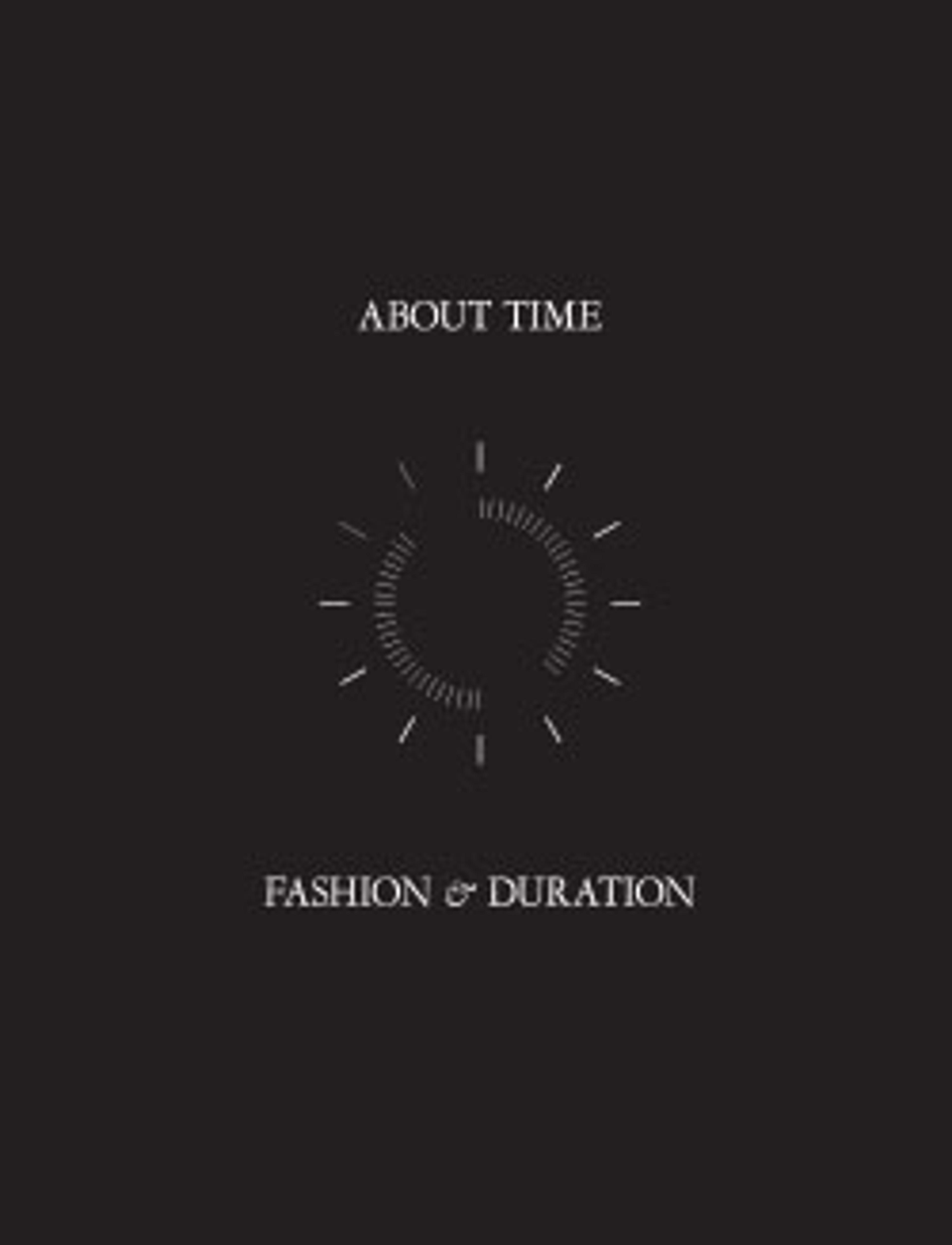Evening dress
This bias-cut evening dress by British designer John Galliano was part of the spring/summer 1994 “Princess Lucretia” collection, a romantic and historically inspired, collection with references to the Russian imperial family of the Romanovs and the lost Princess Anastasia, to Leo Tolstoy’s novel Anna Karenina, to The Piano directed by Jane Campion, to the Duke of Edinburgh, and finally, to Madeleine Vionnet’s 1920s bias-cut, sylph-like dresses. Vionnet is an enduring source of inspiration for Galliano who has emulated her ingenious bias-cut approach in his collections since spring/summer 1989, propelling bias-cut slip dresses to the forefront of fashion as they became a hallmark of 1990s eveningwear.
In the first part of the 1990s, a deconstructionist, grungy aesthetic reigned supreme on the Paris fashion scene, so the “Princess Lucretia” collection was an antidote to that atmosphere, harbingering the more romantic fin-de-siècle tone of the late 1990s. This dramatic, sensual collection with the old world elegance and technical savvy typical of Galliano's hand, brought him critical acclaim and international clients.
In the first part of the 1990s, a deconstructionist, grungy aesthetic reigned supreme on the Paris fashion scene, so the “Princess Lucretia” collection was an antidote to that atmosphere, harbingering the more romantic fin-de-siècle tone of the late 1990s. This dramatic, sensual collection with the old world elegance and technical savvy typical of Galliano's hand, brought him critical acclaim and international clients.
Artwork Details
- Title: Evening dress
- Design House: John Galliano (founded 1984)
- Designer: John Galliano (British, born Gibraltar, 1960)
- Date: fall/winter 1994–95
- Culture: French
- Medium: silk
- Credit Line: Gift of Estate of Jean Stein, 2017
- Object Number: 2017.690.2
- Curatorial Department: The Costume Institute
More Artwork
Research Resources
The Met provides unparalleled resources for research and welcomes an international community of students and scholars. The Met's Open Access API is where creators and researchers can connect to the The Met collection. Open Access data and public domain images are available for unrestricted commercial and noncommercial use without permission or fee.
To request images under copyright and other restrictions, please use this Image Request form.
Feedback
We continue to research and examine historical and cultural context for objects in The Met collection. If you have comments or questions about this object record, please complete and submit this form. The Museum looks forward to receiving your comments.
